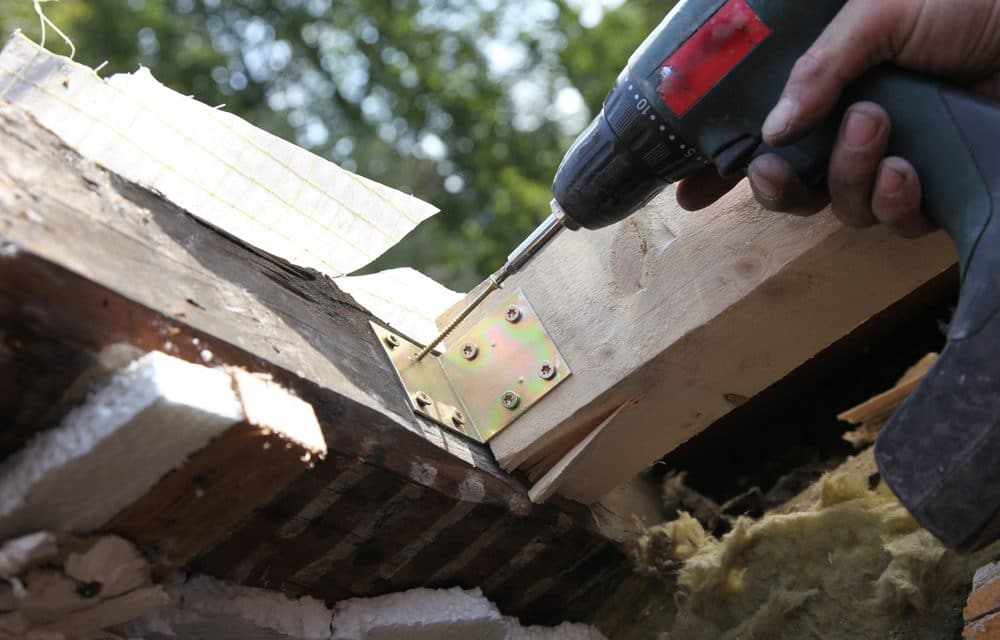by Nikki Fotheringham, author specializing in environmentally-friendly building technologies, renewable energy and all things green
Not everyone thinks to remodel their home for efficiency purposes, as well as aesthetics. However, there are several ways your renovations can also reduce utility costs in the future. Some methods are obvious, such as checking for leaks, while other methods require more conscious effort.
Saving energy was most likely not on your mind when you were coming up with the idea to finally rip out those kitchen cabinets. However, tossing the tasks below into your next remodeling adventure can help you save money and eliminate those hot or cold spots in the house that can cause mold or allergens.
During your next renovation…
Make Sure to Check for Water Intrusions
Water damage can destroy a home. Sometimes it takes a heavy storm to reveal a leak, but there are also hidden leaks behind appliances and built-ins. When remodeling your home, look for any telltale signs that damage lurks nearby. This is similar to vacuuming while the couch is pushed out, but on a larger scale.
Use the Least Amount of Framing (Legally) Allowed
When adding new walls, research the minimal amount of framing that your building code allows and start there. By using less, you will save money on lumber, but the contractor will also need to put more insulation between studs, which will greatly increase the energy efficiency of your home.
Add New HVAC Ducts to Heated Areas
For most homes, the HVAC duct systems lie in an area that is unheated, such as the basement or the attic. If possible, installing these ducts in a heated or cooled area means that the system will work less to heat or cool the home. If this isn’t possible due to your home’s design, insulate the ducts and have an HVAC specialist analyze the system for potential weak spots.
Add Insulation Around Recessed Lights
Recessed lights can make or break the ambiance and cost-effectiveness of a home, especially in those rooms where there’s no overhead light and minimal room for lamps. With recessed lights, however, make sure your electrician properly insulates the area around the light so there’s no chance for an air leak. This seems like a small issue, but it can add to your bill.
Wasting Water Means Wasting Energy
Consider installing a high-efficiency or solar water heater in your home. Then, look into insulating those pipes. If you’re waiting for the water to get hot, then you’re wasting water. Insulated and efficient systems mean that hot water moves faster and gets to the faucet when you need it.
Install an Automatic Humidistat in the Bathroom
A humidistat can detect when moisture rises in a certain room and signal the fan to turn on before the floorboards and wallboards start to sweat. This is great when your guests forget to turn on the fan or like to take long showers. Reducing the moisture in the bathroom means eliminating the chance for mold.
Not every one of these methods will fit with your next renovation, but studying this list will certainly get you in the right mindset for an efficient and effective remodel job. Essentially, during your renovation, the idea is to inspect as you rebuild.
This could mean installing toggle switch plates on electronics you’re not using or even deciding not to splurge on that extra showerhead to save money on future utility bills. Always consider the future when making repairs in the present.
For those considering major renovations, HVAC updates, or simple AC inspections, consider hiring an HVAC Company that is reliable so that you can save time and money on your next renovation.


